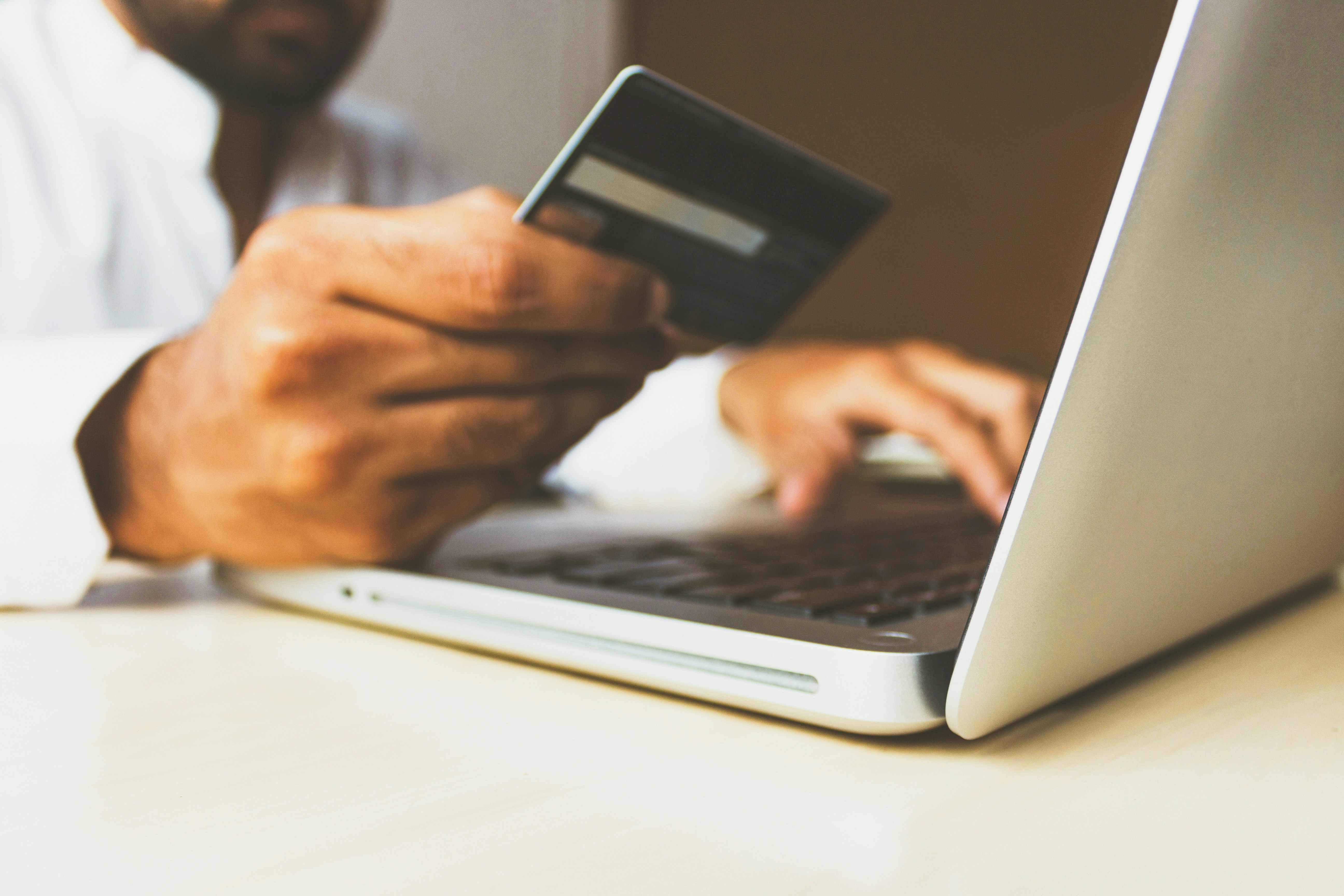
Cutting-Edge Loyalty Programs Transform Online Shopping Experiences
Brands now reshape online shopping by introducing loyalty programs that make every purchase stand out. Instead of relying on basic point systems, companies like *Sephora* and *Starbucks* use advanced technology and customer data to offer unique rewards, thoughtful suggestions, and seamless interactions. Shoppers enjoy experiences tailored to their preferences, which helps them feel appreciated and valued. As a result, customers are more likely to return and share their positive experiences with others, building a stronger connection with their favorite brands and encouraging a sense of trust and belonging each time they shop.
Advertisement
Shoppers want personalized deals that match their habits, and companies seek tools that turn casual buyers into loyal fans. By combining smart technology with user-friendly design, e-commerce platforms transform routine checkouts into moments of delight. This change influences how businesses plan customer retention, turning guesswork into real-time insights.
The Evolution of Online Loyalty Programs
- Stamp cards at corner stores—an early reward idea moved online.
- Points-for-purchase systems in the late 1990s—simple and straightforward.
- Tiered memberships in the 2000s—added status levels and exclusive perks.
- Mobile app integrations after 2010—allowed on-the-go tracking and instant notifications.
- AI-driven reward suggestions emerged around 2018—tailored deals based on browsing patterns.
Developers didn’t stop with points. They introduced badges and challenges, turning purchases into little missions. Customers started competing for exclusive badges that unlocked bigger discounts or early access to new products.
Smart algorithms also stepped in to predict which perks excite each shopper. Instead of sending everyone the same offers, brands now create reward menus that match individual tastes.
Innovative Technologies Driving Personalization
Advanced recommendation engines form the core of modern loyalty programs. By analyzing browsing history and purchase frequency, these engines find patterns. When a sneaker enthusiast browses limited-edition releases, the system can send a coupon just for that launch.
Chatbots and virtual assistants help guide shoppers through earning and redeeming rewards. Imagine a quick chat where the bot highlights unclaimed points and suggests valuable deals in real time. This kind of personalized nudge increases engagement more than generic email blasts.
Machine learning models improve reward strategies constantly. They test which perks generate clicks or drive orders, then adjust quickly. A notification that once seemed irrelevant can become the key to turning a passive visitor into an active buyer.
Brands also try geo-targeted notifications. As a customer walks through a mall, a location-based app alert can deliver special in-store pickup perks. These real-world touches connect online loyalty with offline experiences.
Seamless Omni-Channel Integration
- Sync accounts across web, mobile, and in-store systems—keep points and benefits consistent.
- Use single sign-on and customer IDs—make it easy for customers to switch devices or channels.
- Enable real-time data exchange—update reward balances, purchase histories, and personalized offers instantly.
- Provide universal redemption options—let shoppers use points online, at kiosks, or through customer support.
- Monitor feedback—collect usage metrics and satisfaction scores to improve each channel’s experience.
Retailers who master this cross-channel approach see higher retention rates. When a fashion brand lets you earn points with a tap at checkout, then later use them for an online shopping trip, you become hooked on the convenience.
Some companies go further by sending personalized receipts via text or email, reminding customers of unclaimed perks. This keeps loyalty programs visible without spamming with generic emails.
Best Practices for Implementation
Start with a small pilot and expand gradually. Test new features with a selected group of customers, then roll them out based on feedback. This approach reduces risks and helps fix bugs early.
Create clear and simple rules. Shoppers avoid complicated programs that hide point expirations or obscure rewards. Show easy-to-understand progress bars, upcoming milestones, and clear FAQs.
Build cross-functional teams. Bring together marketing, IT, and customer service experts so everyone understands the same loyalty language. This ensures smooth tech deployment and consistent messaging.
Encourage creative bonus actions. Reward actions like social sharing, product reviews, or birthdays. These extra interactions strengthen emotional bonds with customers.
Business Benefits and Return on Investment
Companies that add smart loyalty features see noticeable increases in repeat purchases. On average, loyal customers spend 67 percent more than new ones. The numbers add up when you consider lower marketing costs and higher lifetime value.
Loyalty platform data supports smarter decision-making. Tracking which promotions generate the biggest results helps teams allocate resources toward the most profitable perks.
Retaining customers also reduces operational headaches. Attracting new customers costs five times more than keeping existing ones active. Each redeemed reward contributes to a healthier bottom line.
Brands often benefit from positive word-of-mouth. People share their excitement when they discover amazing perks or VIP treatment. This social buzz attracts new customers eager to enjoy the next set of benefits.
Future Trends in Loyalty Programs
Blockchain technology could enable transparent point exchanges. Customers might trade or sell points securely, thanks to decentralized ledgers that track ownership without middlemen.
Augmented reality perks could turn shopping into an interactive game. Imagine scanning items in-store to unlock hidden digital badges or virtual discounts that apply at checkout. This engagement makes browsing more fun.
Voice assistants could handle loyalty inquiries. You might ask *Siri* or *Alexa*, “How many points do I have?” and receive a spoken summary of your rewards and upcoming offers.
Brands will explore micro-rewards for small actions—like completing a quick survey or sharing a referral link. The focus shifts from accumulating points to offering precise, quick incentives that encourage immediate action.
Innovative technology combined with customer insights makes loyalty programs engaging and valuable. Retailers build lasting relationships that go beyond individual transactions.
Advertisement